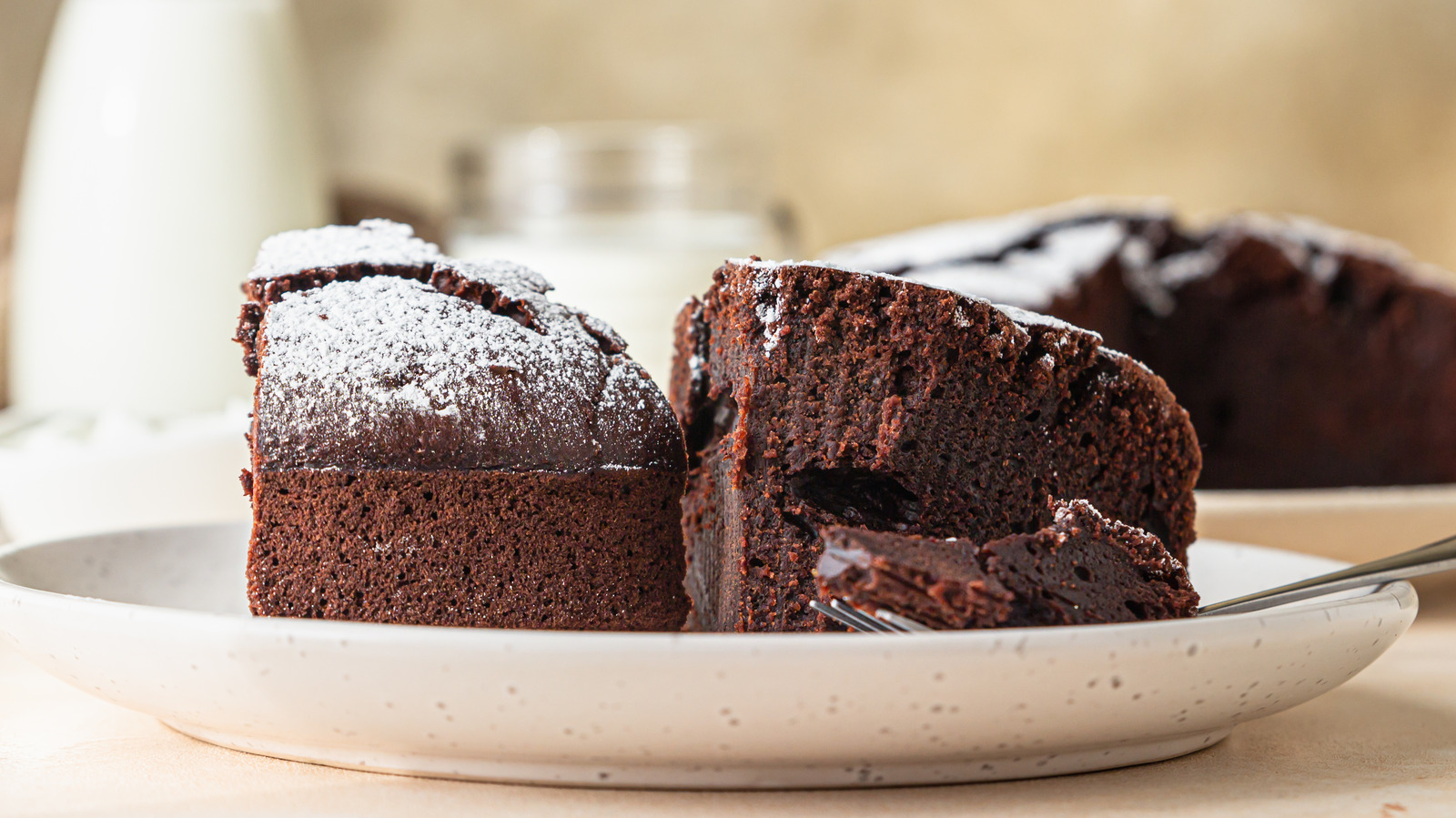
There are a few ways to ensure your gluten-free recipes stay nice and moist without becoming gummy or dense. The first is to be very precise with your measurements; gluten-free flours tend to be more fine than traditional wheat flours, therefore it's best (when possible) to use a kitchen scale. The second — and arguably most important — step is to let your batters and doughs rest for at least 30 minutes. This gives the flours time to become more saturated with the liquid and fats in the recipe, leading to a better structure and texture. Speaking of fats, don't be afraid to add more oil or butter or even greek yogurt.
Patience is the name of the game when it comes to gluten-free baking. Just as you should let your batter and dough sit before baking, it's equally important to rest your baked goods to let them completely finish cooking before gobbling them up. Doing so will prevent your bakes from collapsing. You can also add an extra egg for a better rise if you want to give your bake a little more structure. Gluten — who needs it?
Read Again https://news.google.com/rss/articles/CBMiTmh0dHBzOi8vd3d3LnRhc3Rpbmd0YWJsZS5jb20vMTMzNTY4NS9iZXR0ZXItdGV4dHVyZS1vdmVyYmFrZS1nbHV0ZW4tZnJlZS1jYWtlL9IBAA?oc=5Bagikan Berita Ini














0 Response to "The Textural Benefit Of Overbaking Gluten-Free Cake - Tasting Table"
Post a Comment